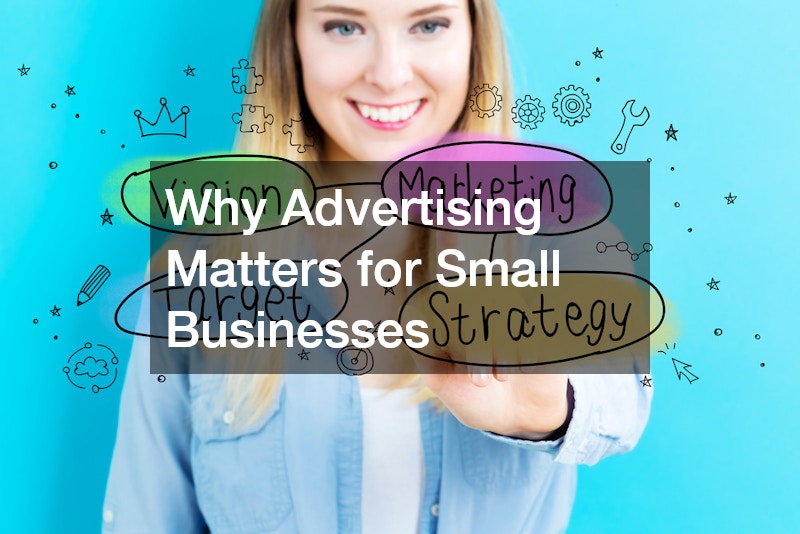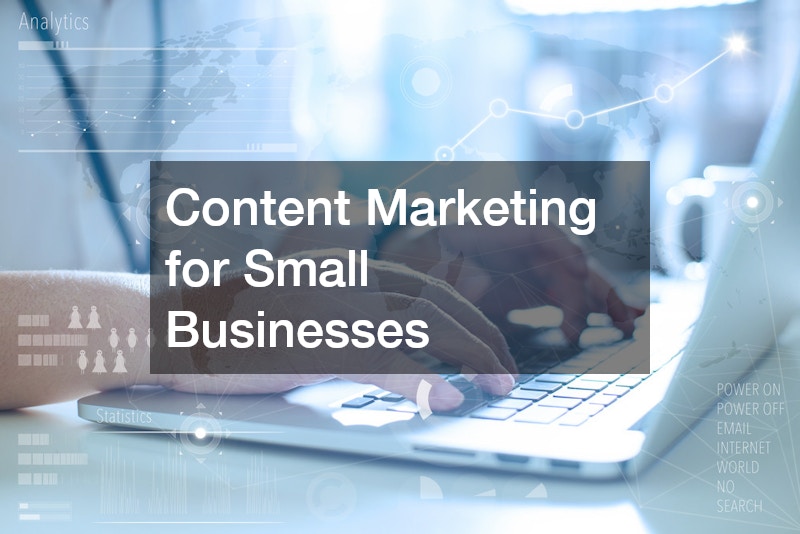Advertising is one of the most important steps in running a small business. Without customers, even the best products or services won’t succeed. Many small business owners worry that advertising is too expensive or complicated, but the truth is that there are many affordable and effective ways to promote your business.
This guide will walk you through how to advertise a small business in simple, practical steps. You’ll learn about online and offline strategies, how to reach the right audience, and how to make the most of your budget. Whether you’re just starting out or looking to expand, these tips will help you grow your customer base and build your brand.
Why Advertising Matters for Small Businesses

Big companies have huge marketing budgets, but small businesses often have to compete with limited resources. Effective advertising helps you:
- Build awareness of your brand
- Attract new customers
- Stay competitive in your industry
- Strengthen customer loyalty
- Increase sales and revenue
Without advertising, many businesses remain invisible to potential customers. By using smart, low-cost strategies, you can level the playing field and make sure people know what your business has to offer.
Understand Your Target Audience
Before you advertise, you need to know who you’re trying to reach. Your advertising will be much more effective if it speaks directly to the right people. Ask yourself:
- Who are my ideal customers?
- What problems do they have that my product or service can solve?
- Where do they spend their time—online and offline?
- What age group, location, or income level am I targeting?
Creating a customer profile or buyer persona helps you focus your advertising efforts. For example, a local coffee shop may target young professionals who use social media, while a lawn care business may focus on homeowners in specific neighborhoods.
Build a Strong Online Presence
Today, most people search online before choosing a business. That means your digital presence is critical. Here are the key steps:
Create a Website
Your website is your digital storefront. It should be easy to navigate, mobile-friendly, and include:
- Your services or products
- Contact information
- Clear calls-to-action (like “Call Now” or “Book an Appointment”)
- Customer reviews or testimonials
Use Social Media
Social platforms like Facebook, Instagram, TikTok, and LinkedIn let you connect with your audience for free. Post regularly, share updates, and respond to comments.
- Facebook is great for local businesses.
- Instagram works well for visual brands like food, fashion, or art.
- LinkedIn is ideal for B2B companies.
- TikTok is powerful for reaching younger audiences with creative videos.
Claim Your Google Business Profile
This free tool helps your business appear in Google Maps and local search results. It’s one of the easiest ways to attract nearby customers. Make sure your business hours, address, and phone number are correct.
Low-Cost Advertising Ideas
You don’t need a huge budget to start advertising. Here are some affordable and effective methods:
- Flyers and Posters – Distribute them in your local community.
- Referral Programs – Offer discounts to customers who bring in friends.
- Business Cards – Simple, but effective when networking.
- Email Marketing – Collect customer emails and send promotions or updates.
- Local Partnerships – Team up with other small businesses to cross-promote.
Paid Online Advertising
While free advertising is important, paid ads can also be highly effective—especially when you start seeing steady revenue.
Pay-Per-Click (PPC) Ads
Platforms like Google Ads or Bing Ads let you bid on keywords that customers search for. You only pay when someone clicks your ad.
Social Media Ads
Facebook, Instagram, and LinkedIn offer targeted advertising. You can choose who sees your ads based on age, location, and interests.
Retargeting Ads
These ads appear to people who visited your website but didn’t buy. Retargeting reminds them of your product and encourages them to return.
Content Marketing for Small Businesses

Content marketing helps you attract customers without direct selling. Instead, you share useful, valuable information that positions you as an expert.
Types of content include:
- Blog posts
- How-to guides
- Videos
- Infographics
- Case studies
For example, if you own a bakery, you might publish a blog on “Easy Dessert Ideas for Busy Families.” This builds trust with readers, and they may think of your bakery the next time they need a cake.
Social Proof: Use Reviews and Testimonials
People trust other people’s experiences more than ads. Collect and share reviews, testimonials, and success stories from your customers.
Ways to use social proof:
- Display reviews on your website
- Share testimonials on social media
- Add case studies for B2B businesses
Encourage happy customers to leave reviews on platforms like Google, Yelp, or Facebook.
Networking and Community Involvement
One of the best ways to advertise a small business is to connect directly with your community.
- Join your local Chamber of Commerce
- Attend networking events
- Sponsor local sports teams or school activities
- Set up booths at community fairs
These face-to-face interactions help people remember your business and see you as part of the community.
Track Your Advertising Results
Not every advertising strategy works the same for every business. To avoid wasting money, you need to track results.
- Use Google Analytics to measure website traffic.
- Monitor engagement on social media posts.
- Track coupon codes to see which ads drive sales.
- Ask customers how they heard about you.
By measuring your advertising performance, you can see what’s working and adjust your strategy.
Legal Considerations When Advertising
Small business owners often ask questions like, do you need a business license to sell online? The answer depends on your location and type of business. In many areas, even online businesses need a basic license or permit.
When advertising, always make sure you:
- Use truthful claims in your ads
- Respect copyright and trademark laws
- Follow rules for email marketing (like the CAN-SPAM Act)
Checking local business laws ensures you stay compliant while promoting your business.
Advanced Strategies for Growth
Once you’ve mastered the basics, you can expand your advertising with more advanced methods:
- Search Engine Optimization (SEO): Improve your website to rank higher on Google.
- Influencer Marketing: Partner with local or niche influencers to promote your brand.
- Video Marketing: Create tutorials, product demos, or behind-the-scenes videos.
- Customer Loyalty Programs: Reward repeat buyers to increase retention.
These strategies take more time and effort but can deliver strong long-term growth.
Conclusion
Advertising a small business doesn’t have to be overwhelming or expensive. By knowing your audience, building a strong online presence, and using both free and paid strategies, you can steadily grow your customer base.
Start with simple, low-cost methods, track your results, and expand into advanced strategies as your business grows. With consistency and creativity, you’ll be able to advertise your small business effectively and stand out from the competition.
